9 Sewing Pins for Easy Sewing and Quilting
Sewing pins play a vital role in various sewing projects, serving multiple purposes such as securing patterns to fabric, temporarily holding seams prior to stitching, and basting quilt layers together.
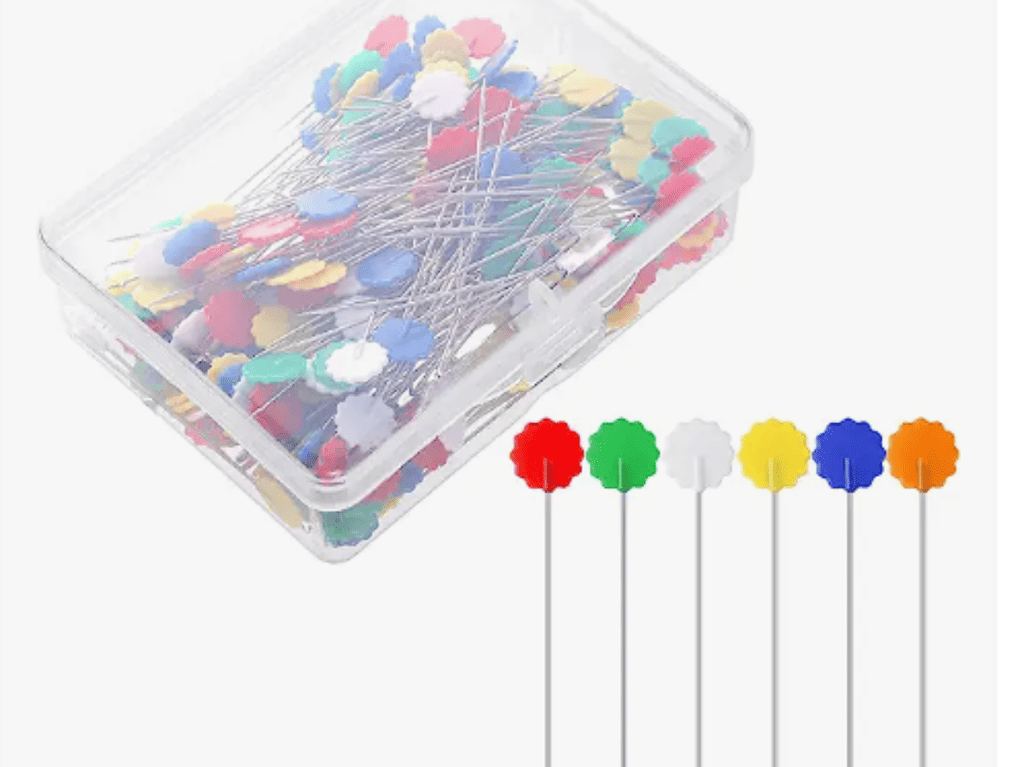
Depending on the specific task at hand, there exist numerous types of pins, so it’s important to select the appropriate tools for your sewing, quilting, and crafting endeavors.
These pins are typically crafted from steel, nickel, or brass, with a wide range of manufacturers offering their products.
In this article, we highlight some of the most renowned brands including Clover, Hemline, Prym, and Sew Simple, along with information on where you can purchase these high-quality pins.
Table of Contents
Sewing Pins for Dressmaking
When it comes to your dressmaking projects, the selection of pins should be influenced by the type of fabric you are working with.
Delicate fabrics require the use of fine pins to avoid tearing. It’s essential to ensure that the chosen pins do not leave visible holes on your fabric. Testing them on a piece of scrap fabric beforehand can help verify this.
Additionally, consider whether you will need to press your fabric with iron while the pins are in place, as this factor also affects the types of pins you should use.
Here is a range of dressmaking pins along with their respective properties:
Flat-headed Sewing Pins
An excellent choice for general pinning in various crafts is the standard pin with a flat head. These pins are available in a wide range of lengths and thicknesses to accommodate different fabric types.
Additionally, they provide versatility and can be used effectively in a variety of sewing and crafting projects.
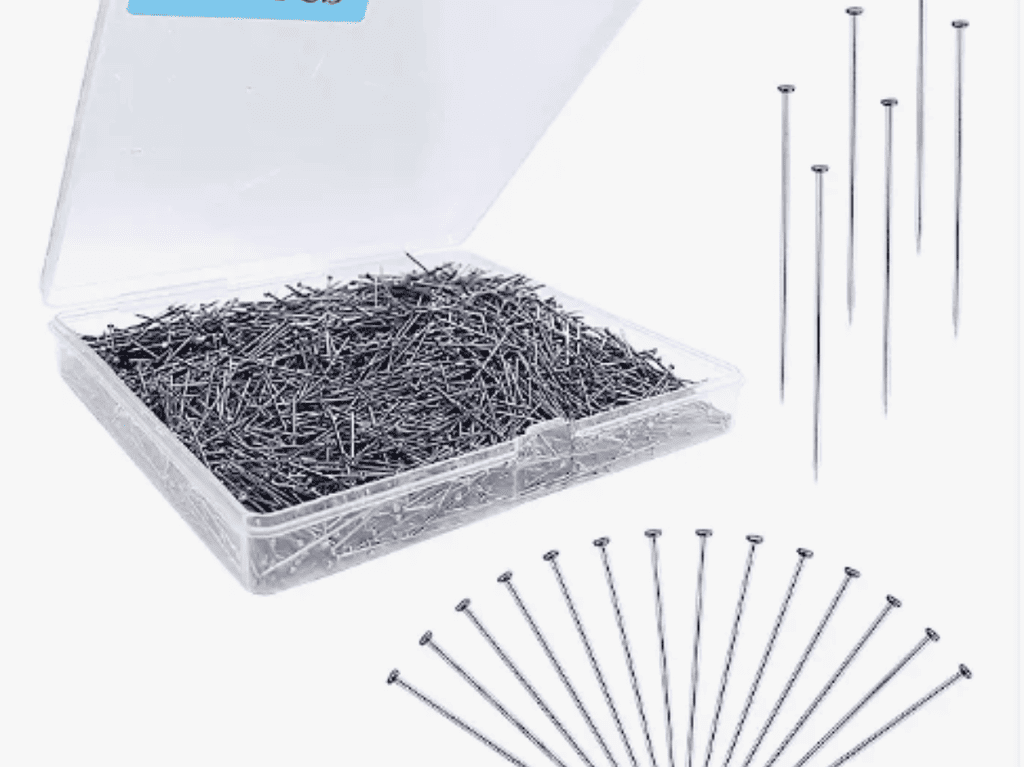
Round-headed Sewing Pins
Similar to dressmaking pins, there are pins available with larger round heads. These pins offer the advantage of being easily visible in your work.
You have the option of purchasing colored plastic-headed pins, which are more affordable and provide high visibility.
Alternatively, you can choose glass-headed pins, which are particularly useful as they can withstand ironing without melting. This feature allows you to press your fabric with an iron while the pins are still in place, making them convenient for various sewing and crafting projects.
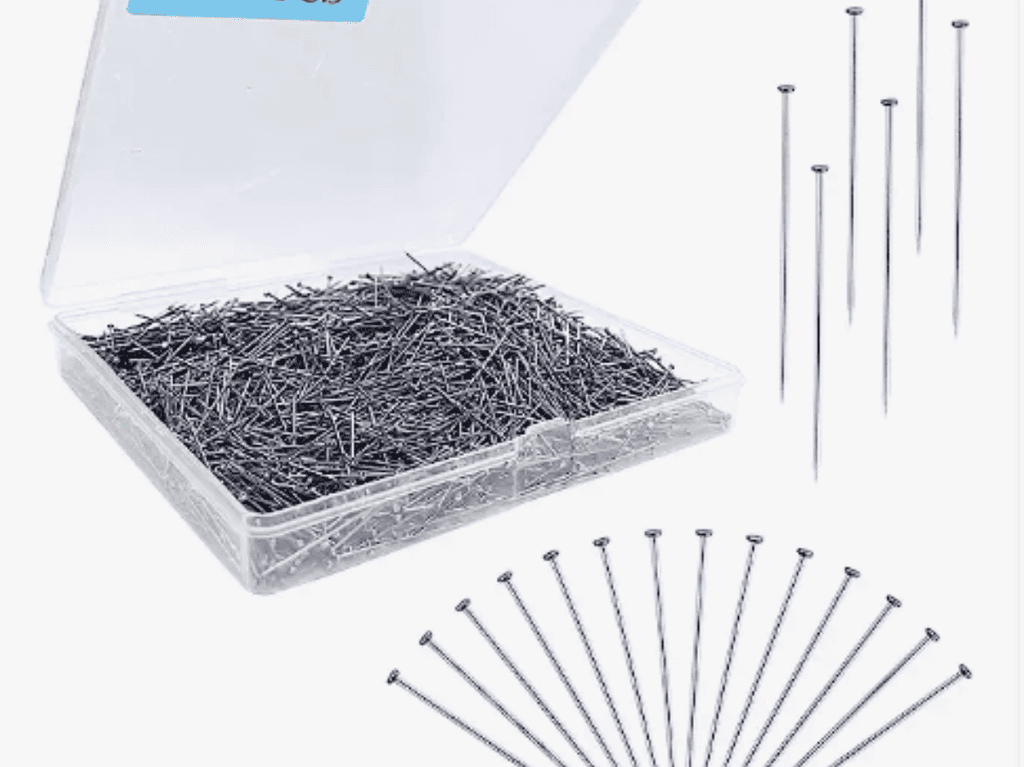
Ballpoint Sewing Pins
When sewing with knits, it is highly recommended to use a ballpoint needle with a rounded end to prevent tearing the knit weave.
Similarly, when working with knits, it is important to select ballpoint pins that have rounded tips. This ensures that the pins glide smoothly between the knit fibers without damaging the fabric.
By using ballpoint needles and pins specifically designed for knits, you can maintain the integrity of the fabric and achieve better results in your sewing projects.
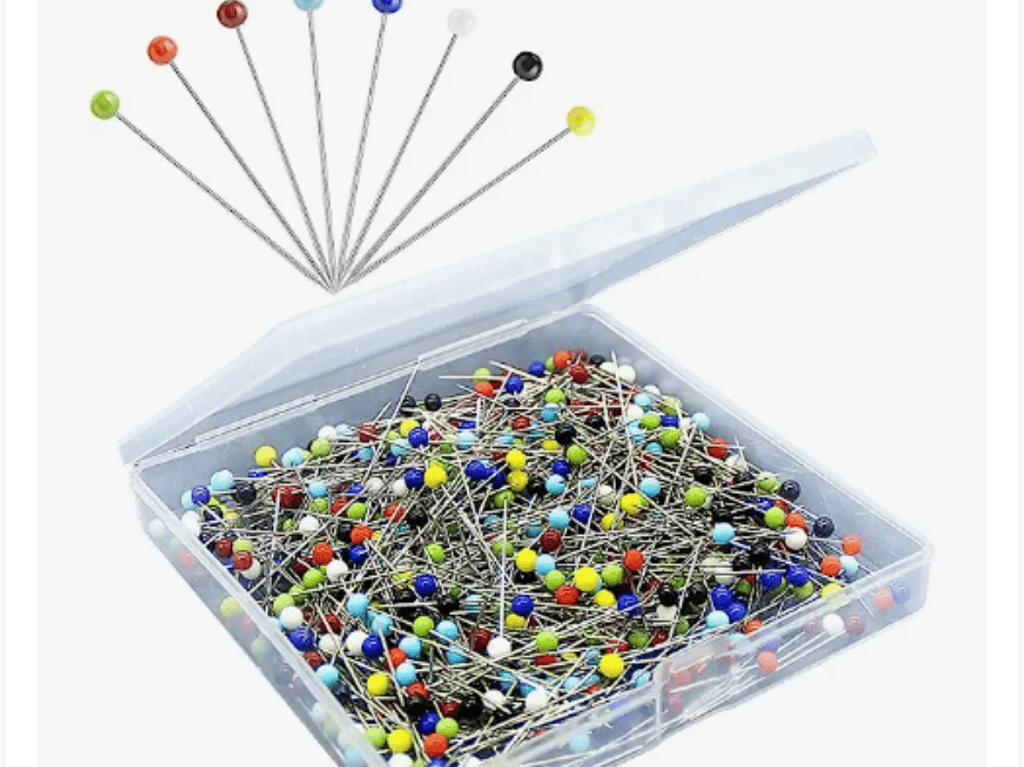
Silk Sewing Pins
Intended for sewing with silk and other delicate fabrics, there are extra-fine pins available that cater to these specific materials.
These pins are exceptionally sharp and longer in length, ensuring they remain securely in place and reducing the need for numerous pins.
By using fewer pins, you can cover the fabric smoothly without risking tears or snags, preserving the integrity of your delicate fabrics during the sewing process.
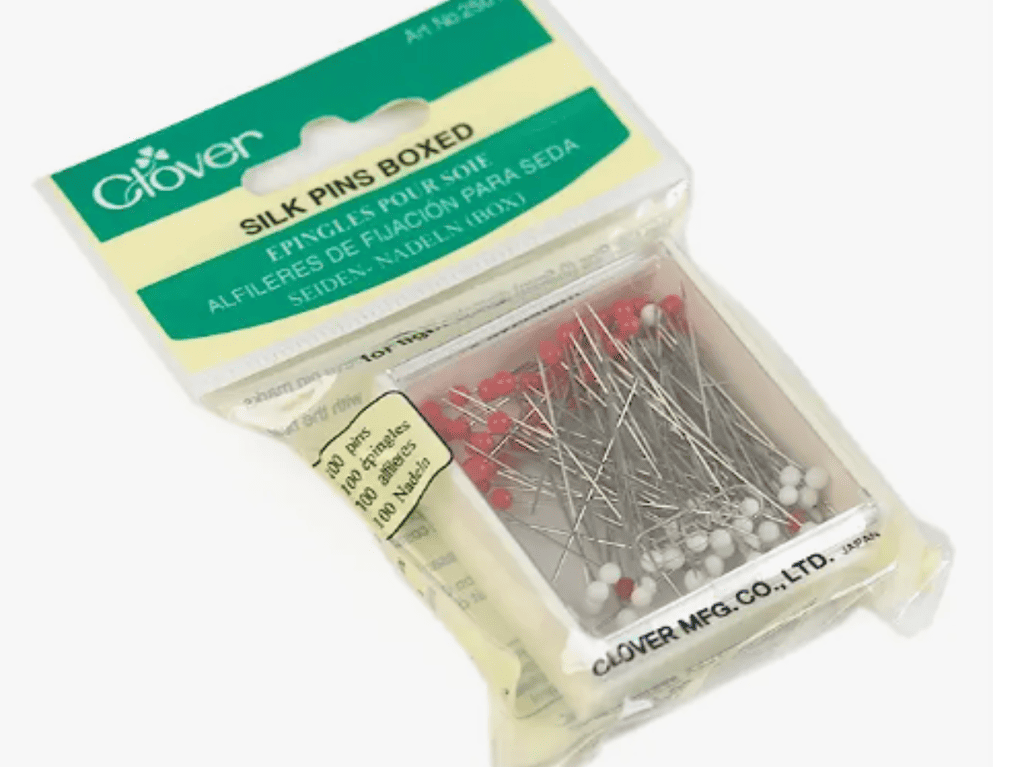
Bridal/Lace Sewing Pins
Crafted from brass or other rust-free metals, these pins are essential when working on highly valuable and time-consuming projects such as bridal gowns or with delicate lace fabrics.
The use of rust-free pins ensures that no unsightly rust marks are left behind, safeguarding the pristine appearance of your intricate creations.
When working with expensive fabrics or delicate materials like lace, it is crucial to rely on these corrosion-resistant pins to maintain the impeccable quality of your work.
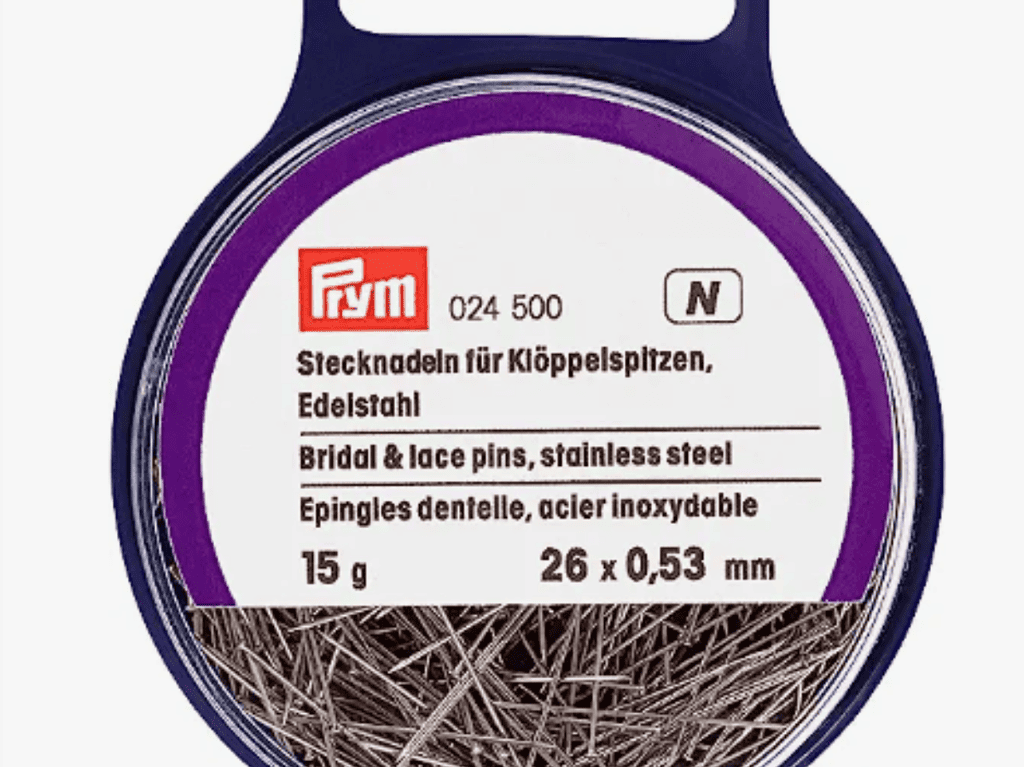
T Sewing Pins
Double-headed pins serve a specific purpose in sewing projects. They are designed to securely hold slippery lining materials in place, thanks to their ability to pierce through and firmly grasp the fabric.
The tips of these pins are bent, making them convenient for easy pinning.
These pins also find application in accurate seam matching during quilting. The dual heads allow you to pin on both sides of the seam, ensuring a perfectly matched and aligned seam.
This feature is particularly useful for achieving precise and professional-looking quilted seams.
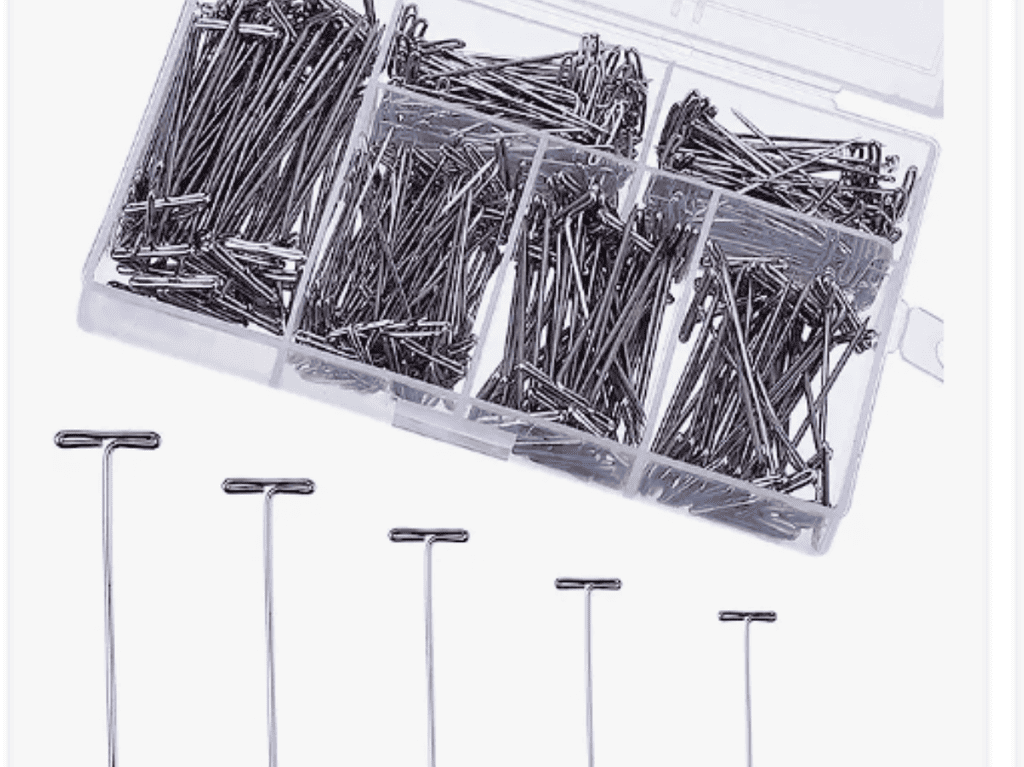
Sewing Pins for Quilting
Pins play a crucial role in patchwork and quilting projects, serving various purposes such as holding fabrics together during piecing, needle-turn appliqué, and basting the quilt before quilting. Here are the primary types of pins commonly used in these endeavors:
Flower Head Pins
For patchwork projects, long fine pins with flat heads are ideal for pinning seams. When these pins are inserted perpendicular to the fabric, they lie completely flat, allowing you to stitch very close to them without any interference.
This ensures that your seams stay securely in place and do not slip during the sewing process. In fact, these pins are so reliable that some stitchers even go a step further and stitch over the top of the pin shafts to prevent any slippage, especially when nesting seams together.
These pins provide excellent control and stability for precise patchwork construction.

Applique Sewing Pins
Tiny pins are highly useful for pinning small fabric pieces during appliqué work. Their small size allows for precise placement and minimizes any interference with the appliqué design.
Additionally, these small pins are valuable when heavily pinning curved seams during hand piecing. Their size enables them to navigate and secure the fabric smoothly along curved edges, ensuring accurate alignment and ease of stitching.
These pins provide the necessary control and convenience for intricate appliqué projects and curved seam construction.
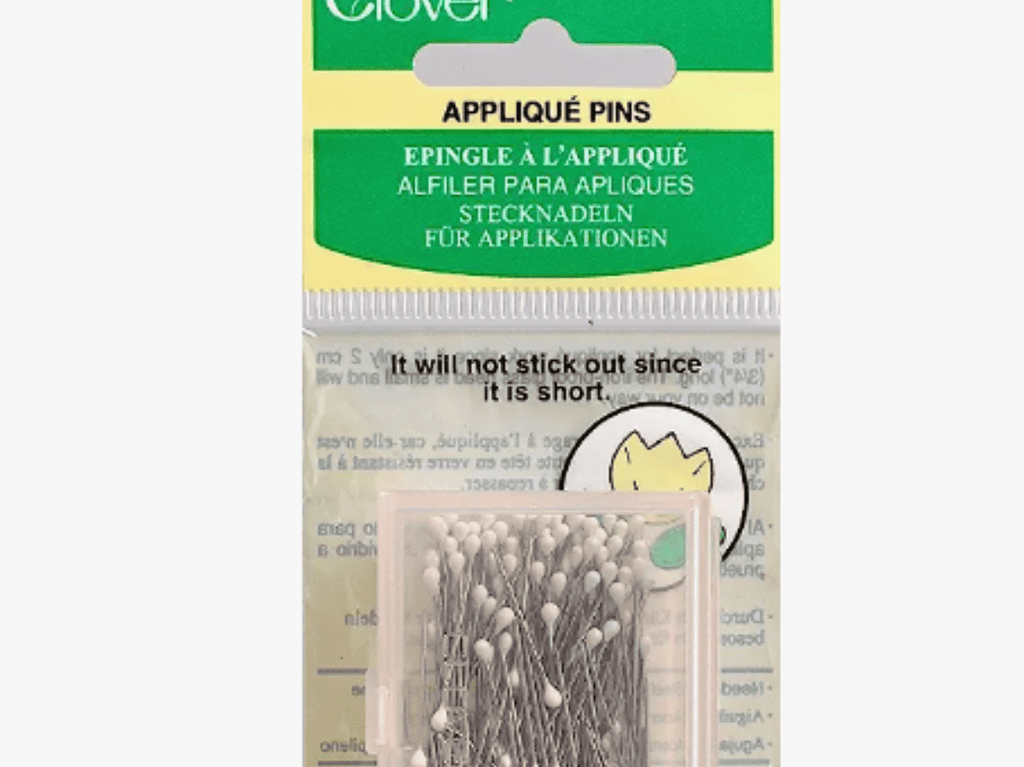
Curved Safety Pins
Extra fine and highly flexible, these curved safety pins are crafted from brass to prevent rusting. Their rust-resistant feature is particularly important because quilting intricate designs may require them to remain in the quilt for an extended period.
These pins are specifically designed for holding the quilt top, wadding, and backing together before quilting.
Quilters find these pins to be user-friendly as they are easy to insert and remove while quilting. However, if you experience discomfort or soreness in your fingers while basting a quilt with these pins, using a Kwik Klip tool can be beneficial.
The Kwik Klip tool provides a convenient way to open and close the safety pins without straining your fingers, ensuring a more comfortable quilting experience.
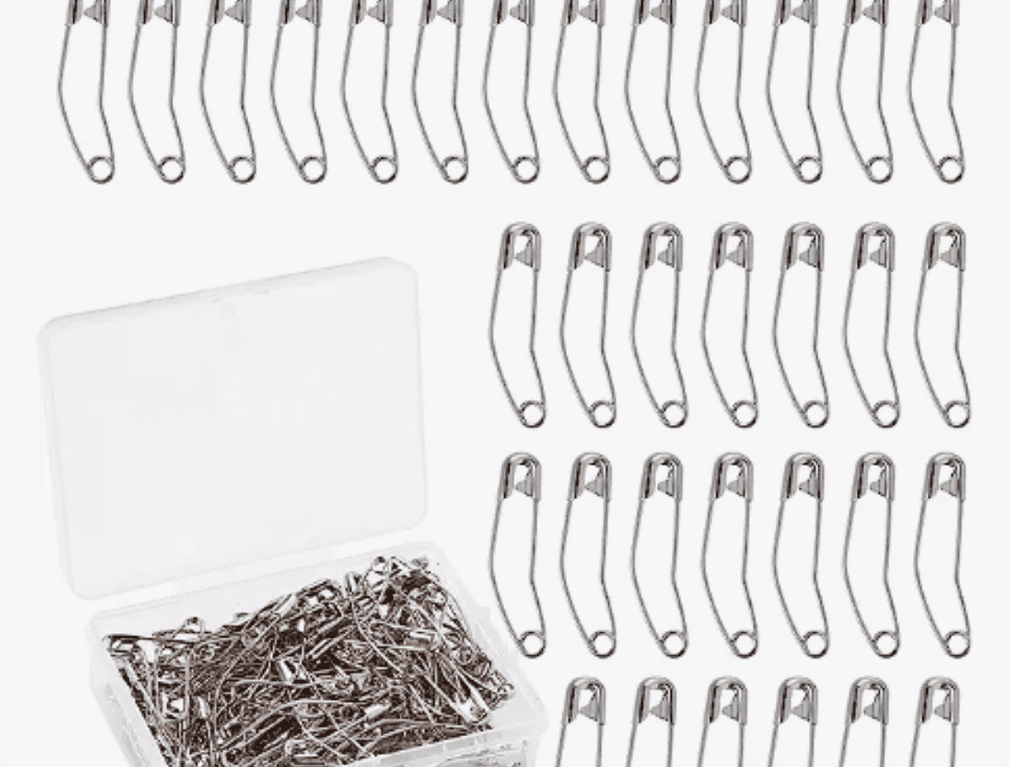
Free Monthly Sewing Class
Each month, we also have an online sewing class. Every 3rd Saturday and Sunday, we have a project not found in our library or on YouTube.
Each class is unique and available for 24 hours. We send out the links via email and in our Facebook group. See the upcoming class by going here. VIPs get the PDF of instructions and lifetime access to the free tutorial.
Other Sewing Resources:
If you are new to sewing, we recommend that you start by learning the basics and starting with a simple project like the potholder.
Start with:
Fabric Giveaway
Enter our monthly fabric giveaway. Simply complete the tasks daily and you will be entered into the drawing. Winner will be randomly drawn on the first day of the month and notified via email
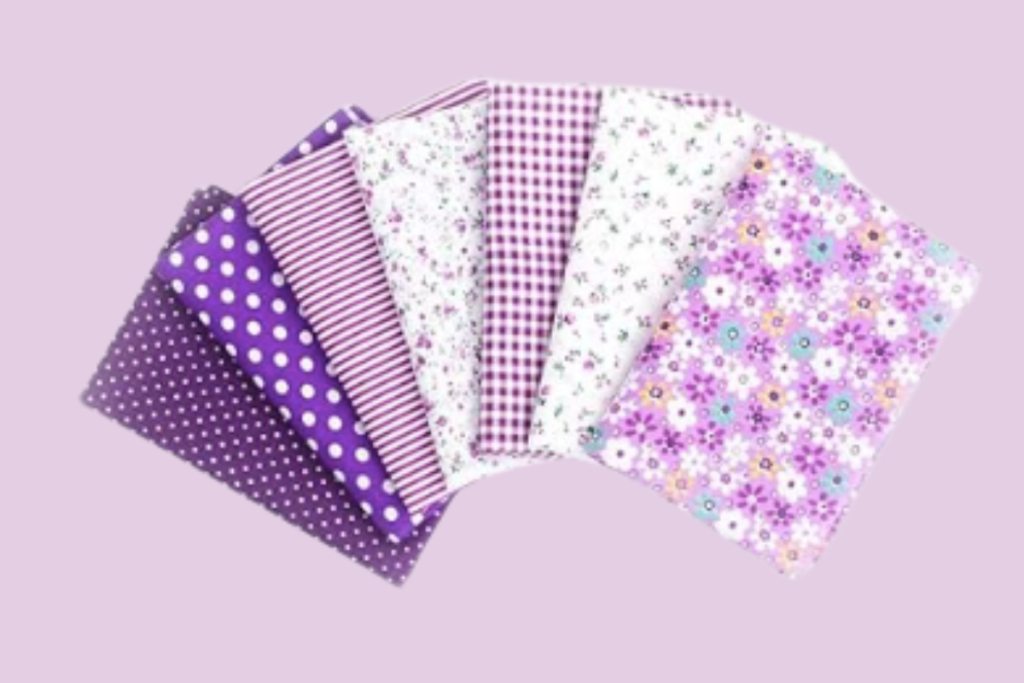

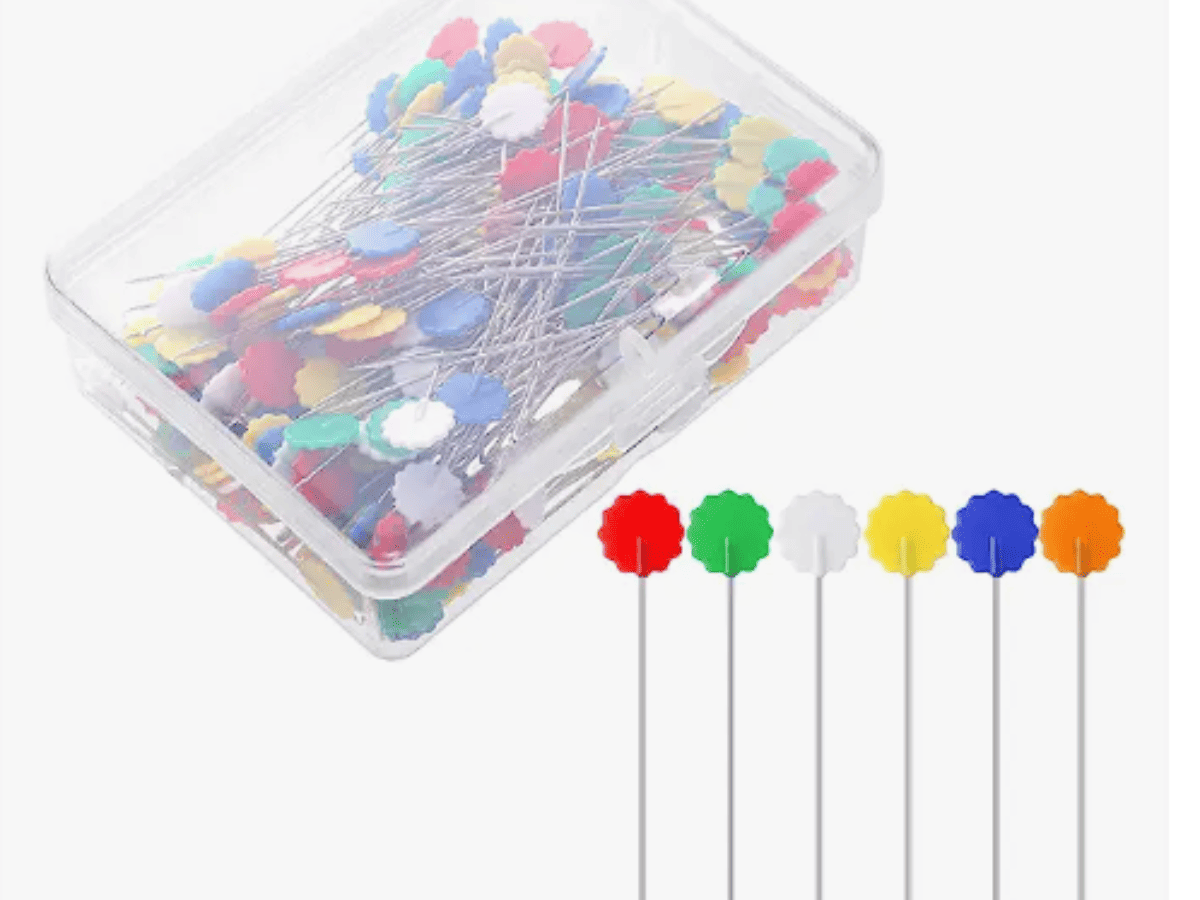
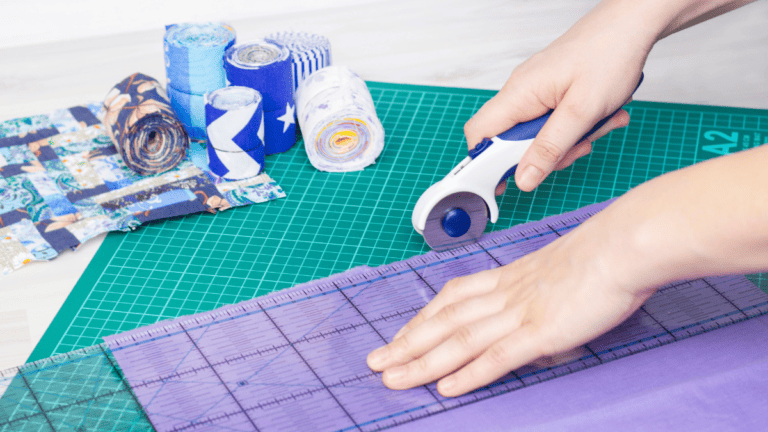
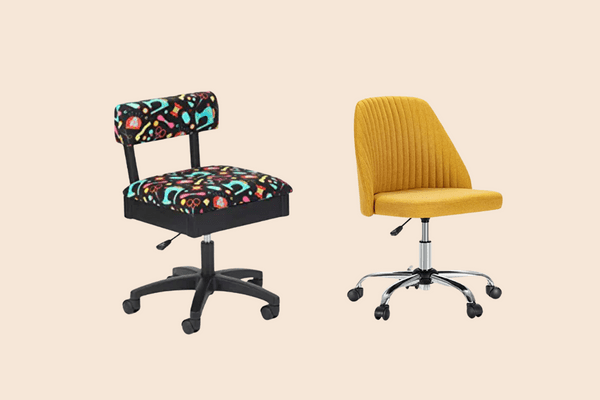
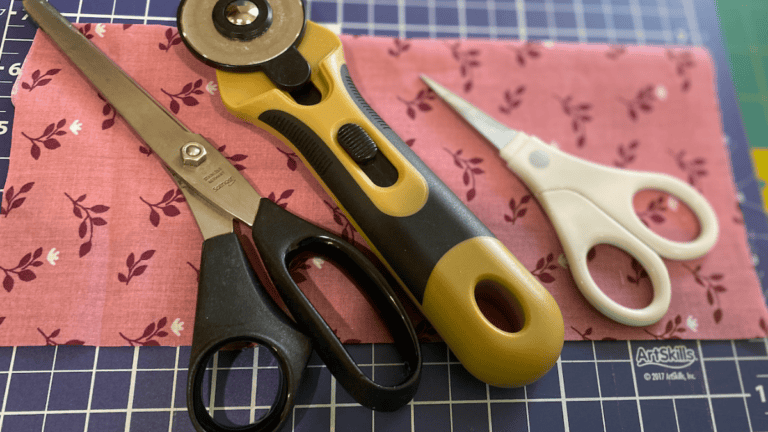
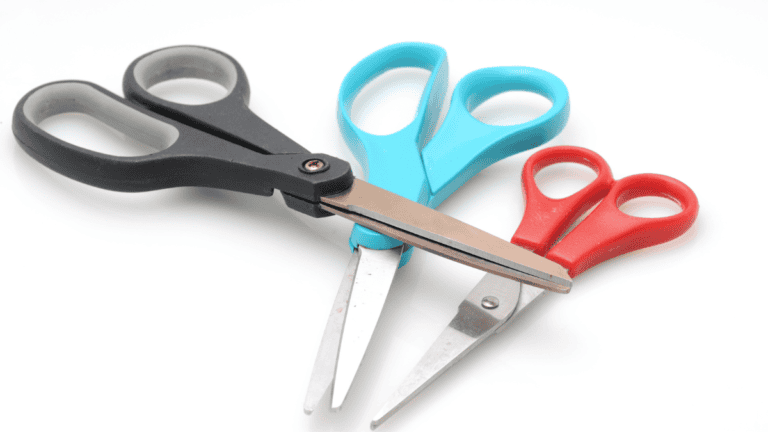
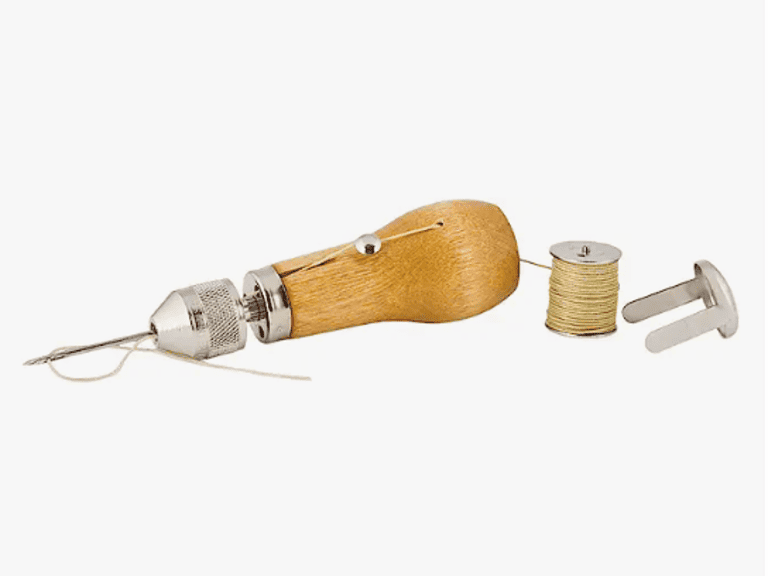
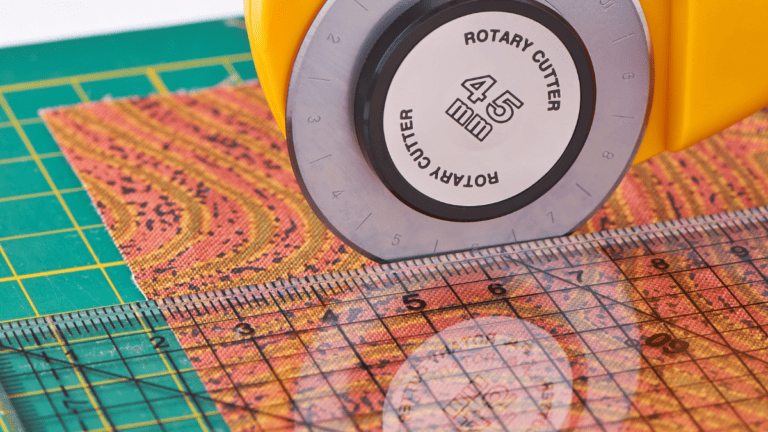
One Comment